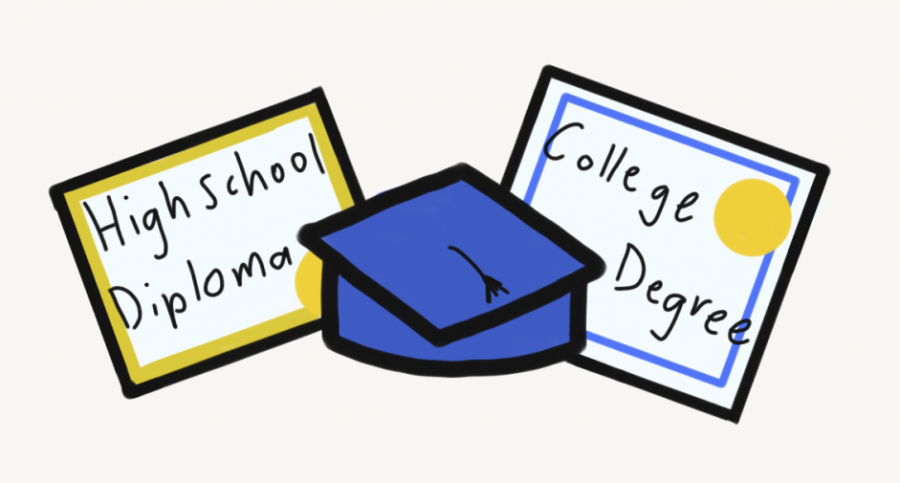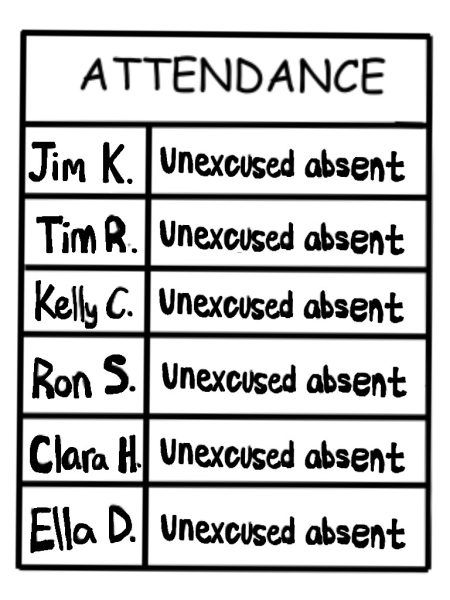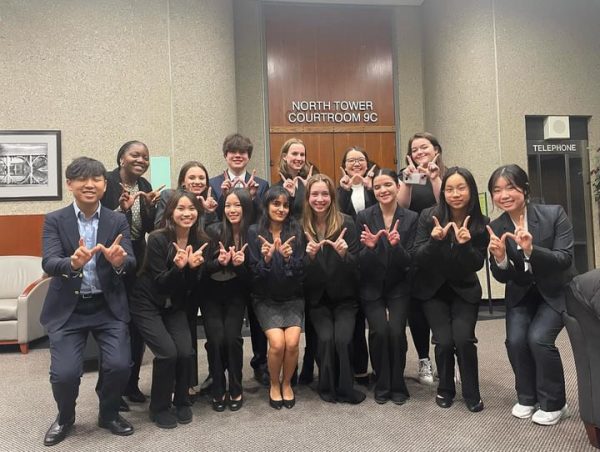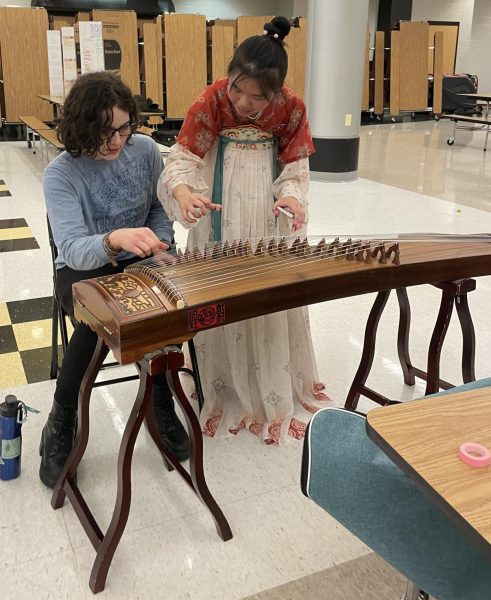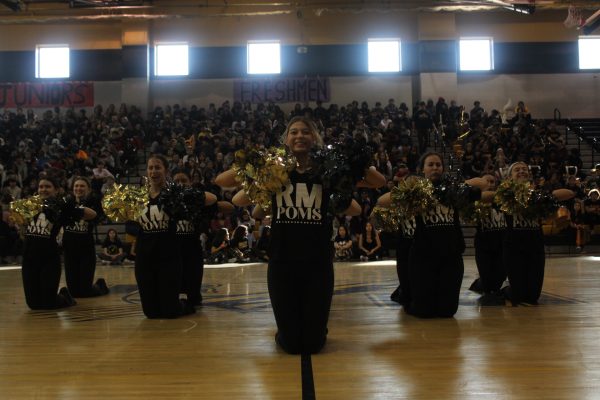Dual enrollment students gain college credits
Dual enrollment enables students to take classes at Montgomery College and earn college credits.
Getting tired of useless electives? Running out of AP courses to take? Trying to get ahead in life? The dual enrollment program offered by Montgomery College allows high school students to take both college and high school courses at the same time. Here at RM, a handful of students opt to participate in this program every year.
For senior Alex Concaugh, a typical school day starts at RM in the morning, but after lunch every day he heads to MC for his Calculus 2 and English 103 classes. Finishing up around 2 p.m., Concaugh heads back to RM for after-school track practice. “It’s definitely shorter, but the workload kind of makes up for it,” Concaugh said. “You definitely get a lot more work at the MC classes.”
For many students, dual enrollment is appealing because it gives them a chance to get used to a college work environment before entering college. In addition, the program allows students to earn college credits that may be transferred to their future school, so that when they enter college, they are already well on their way to fulfilling their graduation requirements.
“It gives you like a huge jumpstart because you get so many free credits. It’s not free. I shouldn’t say free. But it’s a little more expensive than an AP test, so in the long run it helps out,” Concaugh said.
As Concaugh says, dual enrollment is not free. While MC does not charge tuition fees to MCPS students who are dually enrolled during the fall and spring terms, students are responsible for fees and textbooks relating to the course they enroll in. Students can also apply for a need-based grant if they are in need of financial assistance.
Scheduling for dual enrollment students can vary. This semester, senior Ella Giammo opted to take two online MC classes, Intro to Political Science and International Relations, in the morning and finish her afternoon schedule at RM. Some students even decide to take all seven RM classes and then attend an MC class after school. This flexibility allows dual enrollment students to choose a schedule that works best for them.
With a wide range of classes not typically offered at the high school level, dual enrollment allows students to take classes that they are truly interested in. “I really liked my Introduction to Business class. I felt like it was really applicable to real life. I was actually learning how to deal with personal finances and how it affects the real world and the economy as a whole. I thought that was really interesting,” Giammo said.
Some students use this program as an opportunity to experiment with their studies. Giammo had always wanted to pursue a career as an engineer, however she also had interests outside of STEM, including history and politics. Through dual enrollment, she was able to explore some of these interests before college. “It turns out that I really like them, so I’m not really sure what I’m gonna do with information,” Giammo said.
Dual enrollment might not be for everyone, though. One point emphasized by many dual enrollment students is that transportation between campuses can be tricky without a car. “You really do need a car to do this, if you wanted to do it effectively. You can do the RideOn but that’s just way too hard to consistently have a good schedule,” Concaugh said.
However, another option for students without their own car is taking online MC classes. “I would recommend online classes to kids who think they can actually like, be serious with yourself,” Giammo said. “But if you can actually motivate [yourself] to listen to all the lectures and read the whole textbook and that kind of stuff, go for online classes.”
With the benefit of high school classes and the push of a college course, dual enrollment students feel that it is truly the best of both worlds.
Julie Yeo has been a writer for the Tide during all four of her high school years. She has written for both the Features and Centerspread sections and...


